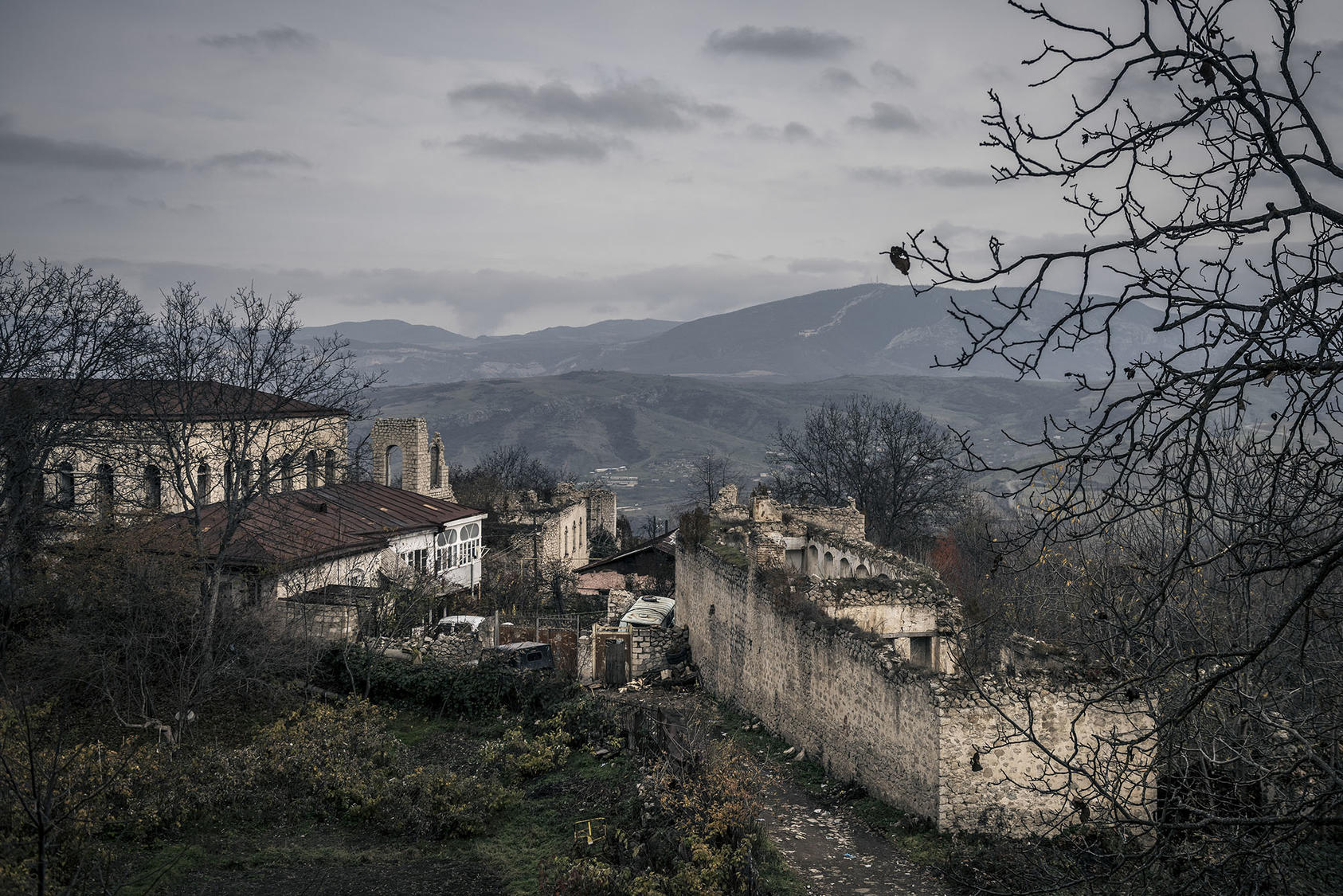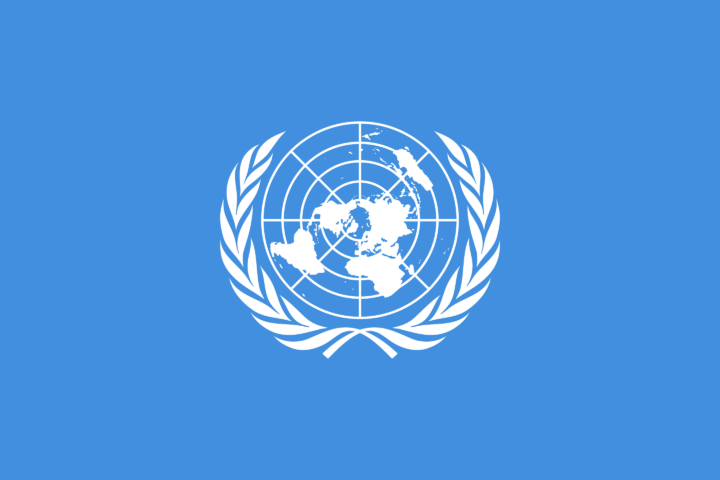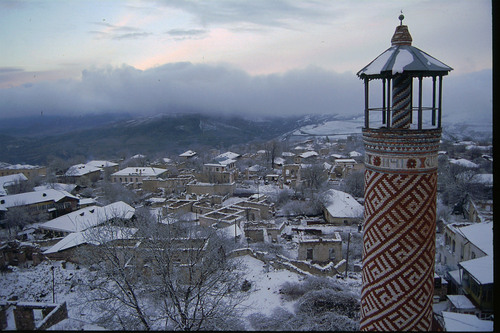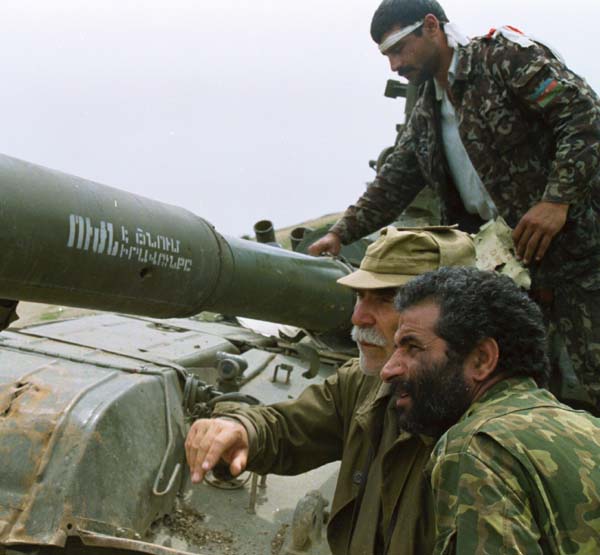The conflict is rooted in expansionism and a policy of aggression aimed at expanding the territory of Armenia by force at the expense of the territory of another sovereign state.
Separatists in the local council of the Mountainous (Nagorno) Karabakh Autonomous Region (MKAR) of the Azerbaijan Soviet Socialist Republic adopted a unilateral decision to secede from Azerbaijan in February 1988. (According to the population census of 1989, the population of the MKAR was 186,100, of which 138,600 were Armenians (73.5%) and 47,500 Azerbaijanis (25,3%). In December 1989 the Parliament of Armenia decided to annex Mountainous Karabakh, an integral part of neighboring Azerbaijan, in a move grossly violating international laws and norms of conduct. By doing so, Armenia has clearly followed an example set by Nazi Germany in annexing German-populated areas of the neighboring countries on the eve of the World War II.
Armenia started to establish unconstitutional structures in the Mountainous Karabakh (MK) region of Azerbaijan. The military formations as well as a huge amount of weapons and ammunition were shipped on the territory of Azerbaijan. A military bridgehead was set up to conduct an armed aggression against Azerbaijan.
Full-scale hostilities in the zone of the Armenia-Azerbaijan conflict escalated at the end of 1991-early 1992. Ethnic cleansing, conducted by the Armenian armed forces on the territory of the Mountainous Karabakh region, reached its climax during the massacre of Khojaly, an Azerbaijani town in the region, in February l992. More than 800 peaceful residents, including women and children, were slaughtered in what Human Rights Watch called «the largest massacre of the conflict.» The Armenian aggression spread far beyond the administrative boundaries of the region to the rest of Azerbaijan. Between May 1992 and May 1994, six districts of Azerbaijan outside MKAR were occupied.
Thus, as a result of aggression against the Republic of Azerbaijan, more than 17.000 km2 (approximately 20% of the territory) were occupied, more than 18.000 persons were killed, over 50.000 left wounded or maimed, and almost 900 settlements, 100 thousand dwellings, more than 600 schools, and 250 medical institutions were looted or ruined. The number of internally displaced persons (IDP) from the occupied Azerbaijani lands and refugees from Armenia reached about 1 million people. In a country of 8 million people, this represents the highest per capita number of IDP in the world.
With 20% of its territory seized, Azerbaijan is facing a humanitarian disaster. Limited humanitarian aid coming to Azerbaijan falls short of the basic needs of the people affected by the conflict.
Aghdere and Aghdam districts of Azerbaijan were seized by Armenian armed forces following the adoption of UN Security Council Resolution 822 (1993) of 30 April 1993,which condemned occupation of the Kelbajar district; the Fizuli district was seized after the adoption of Security Council Resolution 853 (1993) of 29 July 1993, condemning the seizure of the Aghdam district; and the Djebrail and Kubatly districts were seized after the adoption of Security Council Resolution 874 (1993) of 14 October 1993. In its resolution 884(1993) of 11 November 1993, the Security Council condemned the occupation of the Zangelan district and the town of Horadiz, attacks on civilians, and bombardments of the territory of Azerbaijan.
In its resolutions, the UNSC underscored respect for the sovereignty, territorial integrity and inviolability of the borders of Azerbaijan, and the inadmissibility of using force to annex territories. It also demanded the immediate cessation of armed hostilities and hostile acts, and the immediate, full and unconditional withdrawal of all occupying forces from the occupied areas of Azerbaijan.
Despite the unequivocal demands of the Security Council, the Republic of Armenia still occupies Azerbaijani territory and increases its military presence there.Illegal supplies of the Russian arms and equipment to Armenia from 1994 to 1996 greatly facilitated the Armenian aggression. A military cooperation agreement between the Russian Federation and the Republic of Armenia, signed on August 29, 1997, finalized the military alliance between the two states. By signing the agreement, the Russian Federation compromised its position as a Co-Chair of the OSCE Minsk Process, which mediates the conflict.
Azerbaijan considers that this agreement aggravates the situation in the region, and undermines efforts to reach a peaceful settlement of the Armenia-Azerbaijan conflict and to strengthen security in the region.
Despite the above, the cease-fire regime, negotiated on May 12, 1994, has been generally observed. Efforts aimed at releasing POWs and hostages are continuing under the aegis ICRC. From 1993 to 1998, 357 persons were released. However, there are reports about Azerbaijanis still detained in Armenia and on the occupied territories.
The negotiation process – International mediation on settlement of the conflict started in February 1992, within the framework of the Organization for Security and Cooperation in Europe (OSCE) Minsk process. The Minsk group was established to negotiate political settlement of the conflict.
After occupation of the Azerbaijani territories, the UN Security Council adopted Resolutions 822, 853, 874, 884 that demand immediate and unconditional withdrawal of Armenian armed forces from the territory of Azerbaijan and return of refugees and internally displaced persons to their homes.
In accordance with decisions of the OSCE Budapest Summit (1994) the institute of Co-Chairs, of the Minsk conference was established «to conduct speedy negotiations for the conclusion of a political agreement on the cessation of the armed conflict («Political Agreement»), the implementation of which would have eliminated major consequences of the conflict for all parties and permit the convening of the Minsk Conference.»
Thereby, the Budapest Summit adopted a legal two-stage framework of the conflict settlement process:
- First stage – elimination of consequences of the armed conflict by implementation of the agreement, i.e., full liberation of all occupied territories and ensuring return or IDP’s to their homes:
- Second stage – elaboration and adoption of a comprehensive peace settlement at the Minsk conference.
The Budapest Summit also adopted a decision to establish an OSCE peacekeeping operation after the conclusion of the political agreement.
Later three main principles of the settlement of the Armenia-Azerbaijan conflict were formulated in the Statement of the OSCE Chairman-in-Office at Lisbon Summit, 1996.
They are the following:
- Territorial integrity of Armenia and Azerbaijan;
- Legal status of Mountainous Karabakh defined in an agreement based on self-determination, which confers on Mountainous Karabakh the highest degree of self-rule within Azerbaijan;
- Guaranteed security for Mountainous Karabakh and its whole population, including mutual obligations to ensure compliance by all the Parties with the provisions of the settlement.
These principles were supported by all 53 OSCE state-participants except Armenia. Since November 1996, Armenia has unilaterally ceased direct consultations between the two countries and only recently consultations were restored.
After the Lisbon Summit and establishment of an institute of the triple Co-Chairmanship (Russia-France-USA), only one round of negotiations has taken place, in April 1997.
Further, the process of settlement was developing as follows:
June-September, 1997, the Co-Chairs elaborated and submitted a new document for consideration of the Parties, envisaging a two-staged conflict settlement according to the following scheme:
First stage:
- Liberation of 6 occupied districts, outside MKAR (except Lachin district),
- Return of civilians and restoration of communication links.
Second stage:
- Reaching solution on Lachin and Shusha districts and adoption of the main principles of the status of the Mountainous Karabakh region.
October 1, 1997, Azerbaijan officially informed Co-Chairs on its consent to the document at the basis for the upcoming negotiations.
October 1997, in Strasbourg the Presidents of Azerbaijan and Armenia made a joint statement on readiness to resume negotiations on the basis of Co-Chairmen’s proposals.
December 1997, in Copenhagen, a report of the Co-Chairs, emphasizing the need to continue efforts on settlement of the conflict on the basis of Lisbon principles and proposals of Co-Chairs, was distributed at the OSCE Ministerial Council’s meeting.
May 13-17, 1998, during a visit of the Co-Chair’s to the region, Armenia, under new president Robert Kocharyan officially recalled the early consent of former President of Armenia (L. Ter-Petrosyan) to stage-by-stage proposals.
November 9, 1998, the Co-Chairs introduced new proposal based on a Russian-designed concept of «common state». Azerbaijan from the very beginning refused to accept this proposal, and on November 19 officially informed the mediators of the unacceptability of this proposals. Azerbaijan confirmed its readiness to resume negotiations within the OSCE Minsk Group on the basis of the Co-Chairs’ proposals of September 19, 1997.
November 20, 1998, the delegation of the Azeri community of MK officially rejected proposals of November 9, and on November 25, Armenia and the Armenian community of MK stated the agreement with these proposals.
December 2-3, 1998, during the OSCE ministerial meeting in Oslo, the Chairman-in-Office appealed to the parties to the conflict to resume negotiations immediately in the framework of the Minsk Group and to Co-Chairs to continue their efforts.
Currently the Co-Chairs are pursuing their objective to present a compromise settlement plan to the conflict based on the principles of international law.
Source: «Karabakh» [info book] XXI YNE Baku 1999 (in English) pp. 62-81







